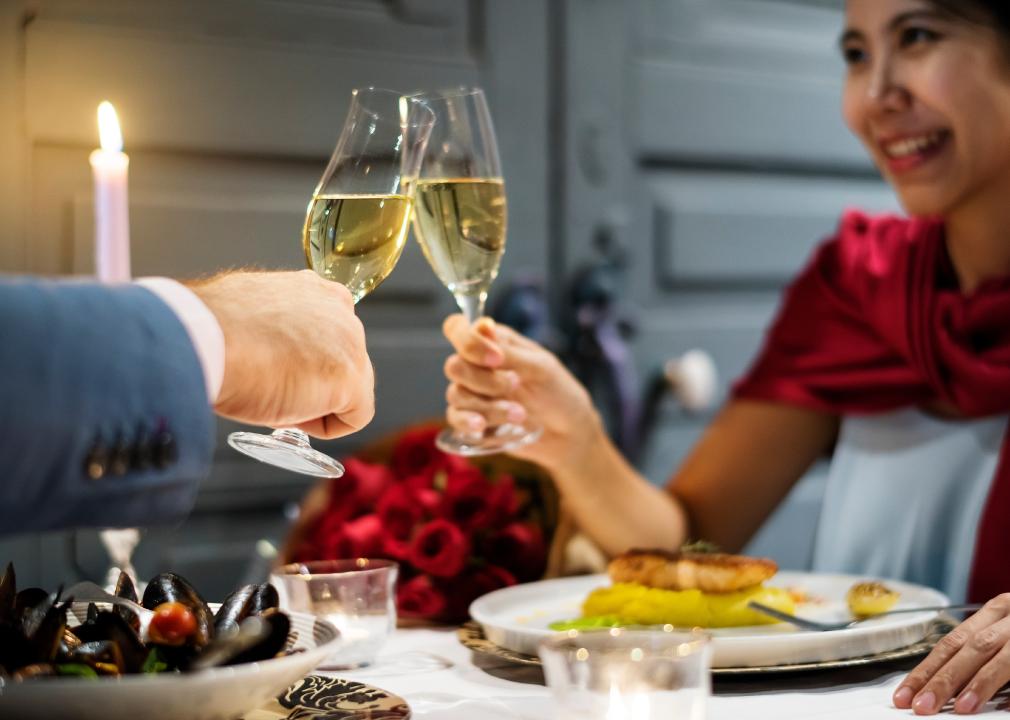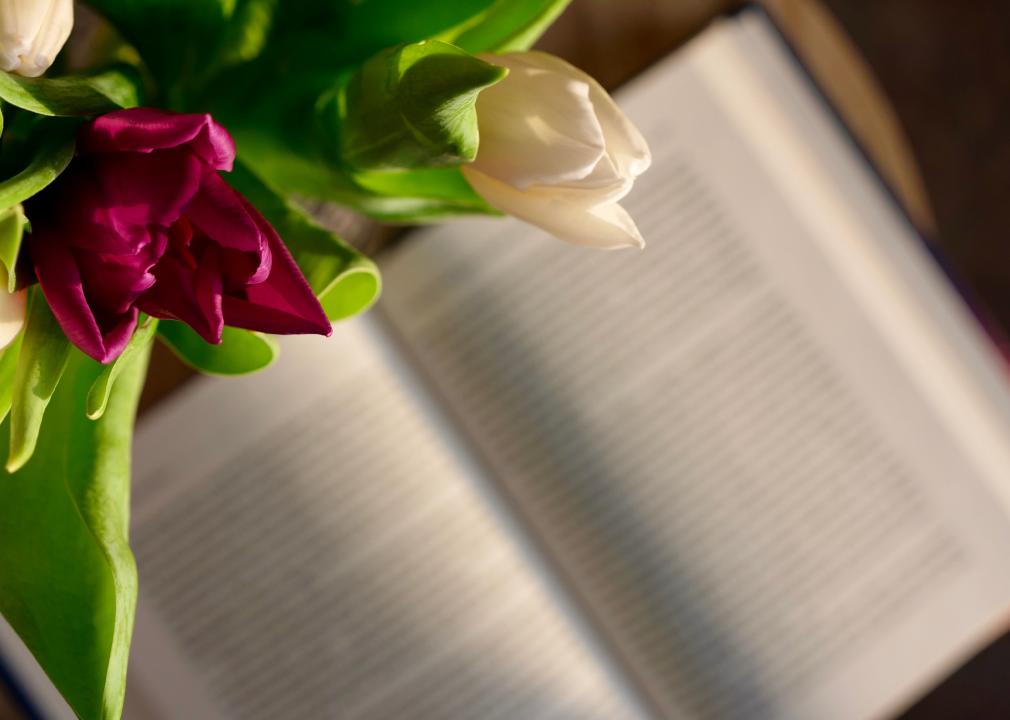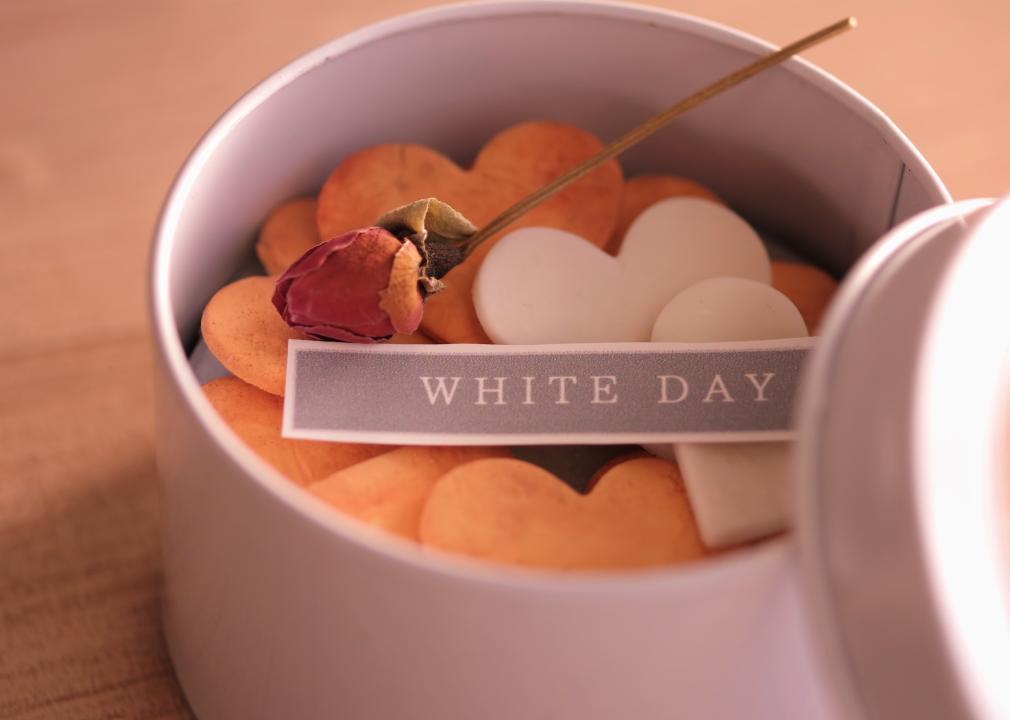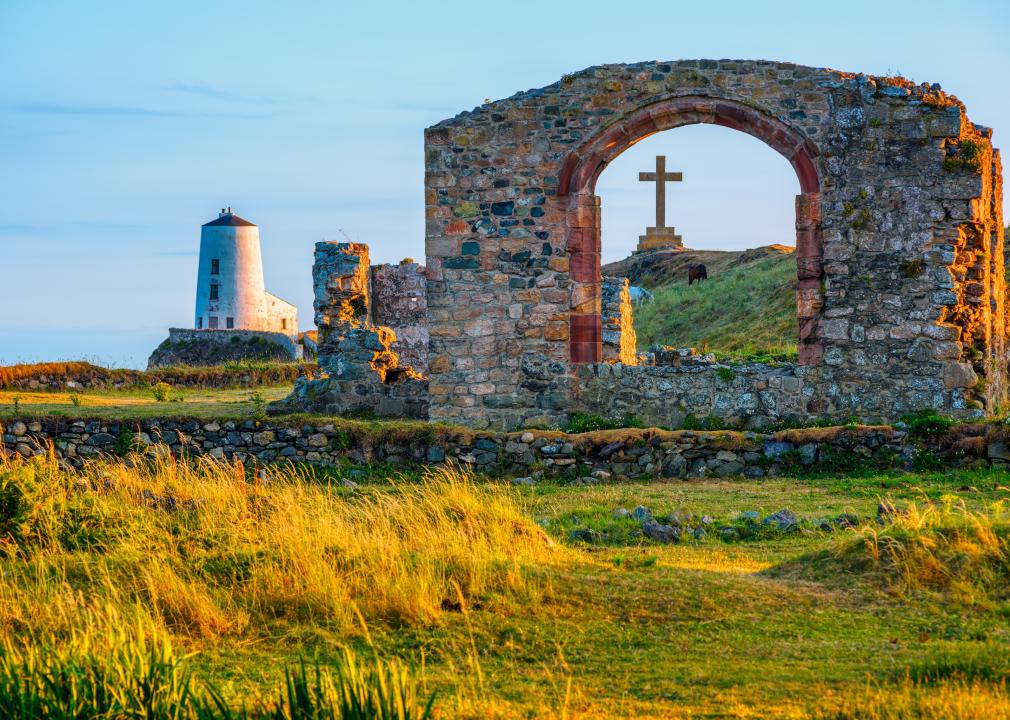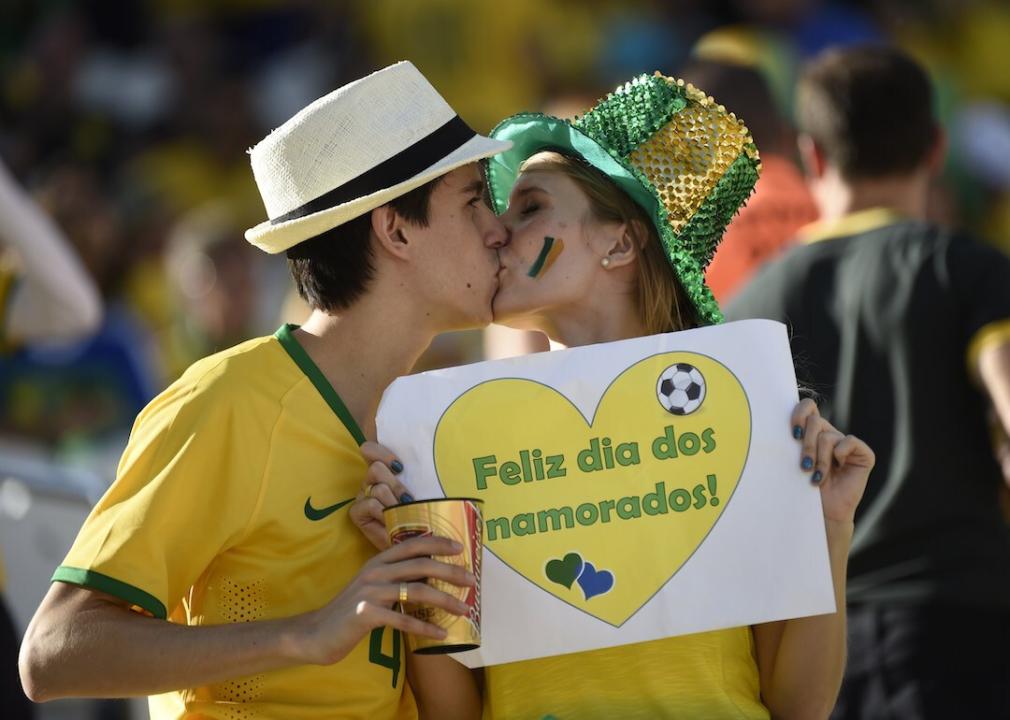Romantic Holidays Like Valentine’s Day Worldwide
In the United States, one of the most romantic holidays we have is Valentine’s Day. Celebrated annually on February 14, it is a day of wine and roses and lots of chocolate.
Here are my tips for shopping after-Valentine’s Day sales.
You might have heard the origin of Valentine’s Day. It was an early Christian festival commemorating the martyr Saint Valentine. However, it was not until Chaucer’s poem “Parliament of Foules” that Valentine became something romantic.
This 14th century poem speaks of birds choosing their mates. Even today, the poem’s opening lines still ring true.
“So short our lives, so hard the lessons, so difficult the tests, so sudden the final victory, so tenuous the hope of joy that so easily evaporates into fear—this is what I mean by Love.”
New Africa // Shutterstock
5 of the most romantic holidays or days in other countries
Today, many countries celebrate Valentine’s Day or some version of it. In fact, some even celebrate a similar romantic holiday on the very same day as Americans do.
For example, many parts of Latin America celebrate Día del Amor y Amistad (Day of Love and Friendship) on Feb. 14. Also, and Finland and Estonia recognize this day as Friend’s Day (Ystävänpäivä in Finland, Sõbrapäev in Estonia) as well.
Save this article and we’ll send it to your inbox. Plus, we’ll send you more great links each week.
Even India celebrates Valentine’s Day on February 14. A few years ago, the Indian government tried to rebrand it as Cow Hug Day. However, when that backfired, they gave up on that concept and reverted to celebrating regular old Valentine’s Day in India.
Speaking of India, if you’re visiting Agra, here are things to see in Fatehpur Sikri.
Using news articles and reports, Stacker compiled a list of the most romantic days in other countries.
Qixi, the Chinese Valentine’s Day
Rawpixel.com // Shutterstock
A Chinese folktale says that, once a year, magpies flock together across the Milky Way. They do this to form a bridge so that Zhī Nü (Weaver Girl) and Niú Láng (Cowherd Boy) can meet.
Zhī Nü is a goddess and Niú Láng is a mere mortal human. However, Zhī Nü’s mother, the Queen of Heaven, punishes them by creating the Milky Way to separate them forever.
The reunion of those two tragic lovers spawned Qixi, the Chinese Valentine’s Day. It falls annually on the seventh day of the seventh month on the Chinese lunar calendar. People celebrate by worshiping the celestials and floating lotus lanterns on the river for blessings.
It is also a tradition on this day to worship Yue Lao, or the old man under the moon, who is the god of love and marriage in Chinese folklore. Like Cupid, who shoots the arrows of love, Yue Lao binds lovers together with his red strings.
Spain: Sant Jordi’s Day
SunnyVideograph // Shutterstock
T.S. Eliot may have thought of April as “the cruelest month,” but in Barcelona — and the rest of Catalonia in Spain — it is the most romantic. On April 23, Catalonians celebrate the Day of Books and Roses, where lovers give each other the gift of roses and books.
The day was also called Sant Jordi’s Day, celebrated in the name of the patron saint of Catalonia, Saint George. Legend has it that he killed a dragon in the city of Silene, Libya, to save a princess and gave her a rose that blossomed from the dragon’s spilled blood. Because of this, the most common depiction of Saint George was of him killing the dragon while riding a white horse.
Catalonians have been giving roses to each other as a token of love since the 15th century, but when Spain declared April 23 as Book Day to remember the writer Miguel de Cervantes, the day also became associated with literature. UNESCO’s declaration of World Book and Copyright Day in 1995 further cemented the rose and the book together.
rumo777 // Shutterstock
Japan: White Day
In 1977, the owner of Ishimura Manseido, a small sweets shop in Fukuoka, Japan, came up with the idea of “Marshmallow Day.” His inspiration came after reading a letter in a women’s magazine.
The writer wished to receive marshmallows as a Valentine’s Day gift versus the traditionally romantic holiday gift of chocolates. Who knew men liked marshmallows so much?
Anyway, Ishimura Manseido, took the request to heart and began selling marshmallows one month after Valentine’s. The confectionery association based in Tokyo eventually took that idea and created White Day, which all sweetmakers could observe.
Since then, March 14, exactly one month after Valentine’s Day, has become known as White Day. Other Asian countries have hopped on this romantic holiday train, including South Korea and China.
Wales: Dydd Santes Dwynwen
Boris Stroujko // Shutterstock
Every year on Jan. 25, the Welsh celebrate their own Valentine’s Day: St. Dwynwen’s Day, or Dydd Santes Dwynwen in Welsh. It is the most romantic day of the year in Wales and has gained more traction recently.
St. Dwynwen was said to be a Welsh princess-turned-nun, her name meaning “she who leads a blessed life.” Despite her fortunate name, Dwynwen had difficulty pursuing her true love.
The story says that her father has promised her in marriage, even though she already loved another man, Maelon Dyfodrull. Upset, Dwynwen ran away to the forest and asked for God’s help, resulting in Maelon being turned to ice. Afterward, God granted her three wishes, and she used them to free Maelon and bless all the true lovers in the world.
The increasing popularity of St. Dwynwen’s Day also adds to the local tourism industry. People flock to St. Dwynwen’s Church at Llanddwyn Island on Anglesey. Others make or buy handcrafted lovespoons as a sign of their handiness and ability to provide for the family in the future. St. Dwynwen is also the patron saint of ill animals.
Wonder if the Ryan Reynolds and Rob McIlhenney project “Welcome to Wrexham” has simply elevated all things Welsh and made this romantic holiday all the more popular in Wales? All I know is that, like my trip to Northern Ireland to take a “Game of Thrones” tour, now I want to visit Wales, thanks to “Welcome to Wrexham.”
Brazil: Dia dos Namorados
ODD ANDERSEN // AFP via Getty Images
Wondering what is Brazil is famous for? Perhaps not what you think, when it comes to romantic holidays.
You may be thinking of the country’s lavish Carnival festivities, which usually fall in February, would overshadow a quiet celebration of love and romance between couples. Rather than compete with the country’s biggest holiday, a creative Brazilian publicist found another day to promote romantic relationships.
Like Japan’s White Day, Brazil’s Dia dos Namorados started in 1948 as a purely commercial endeavor. Publicist João Doria of São Paulo wanted to increase the sales of a clothing store chain client. He created a campaign around June 12, the day before St. Anthony’s Day, which celebrates lovers and married couples. June also saw a lull in sales after May, a month when purchases were usually healthy due to Mother’s Day. Doria’s new Dia dos Namorados (Lovers’ Day) solved that problem.
More than seven decades later, Dia dos Namorados is still celebrated throughout the country. On the holiday, some Brazilians perform simpatías — or rituals dedicated to St. Anthony — for those wishing to find their other halves or bless their current relationships. These practices can include offering a saucer of honey to the saint with a photo of yourself and someone you hope to develop a romantic relationship with.
Already committed couples typically celebrate the holiday with traditions similar to American Valentine’s Day celebrations — exchanging gifts, flowers and chocolates.
Story editing by Carren Jao. Olivia Zhao contributed. Copy editing by Paris Close. Photo selection by Clarese Moller.


